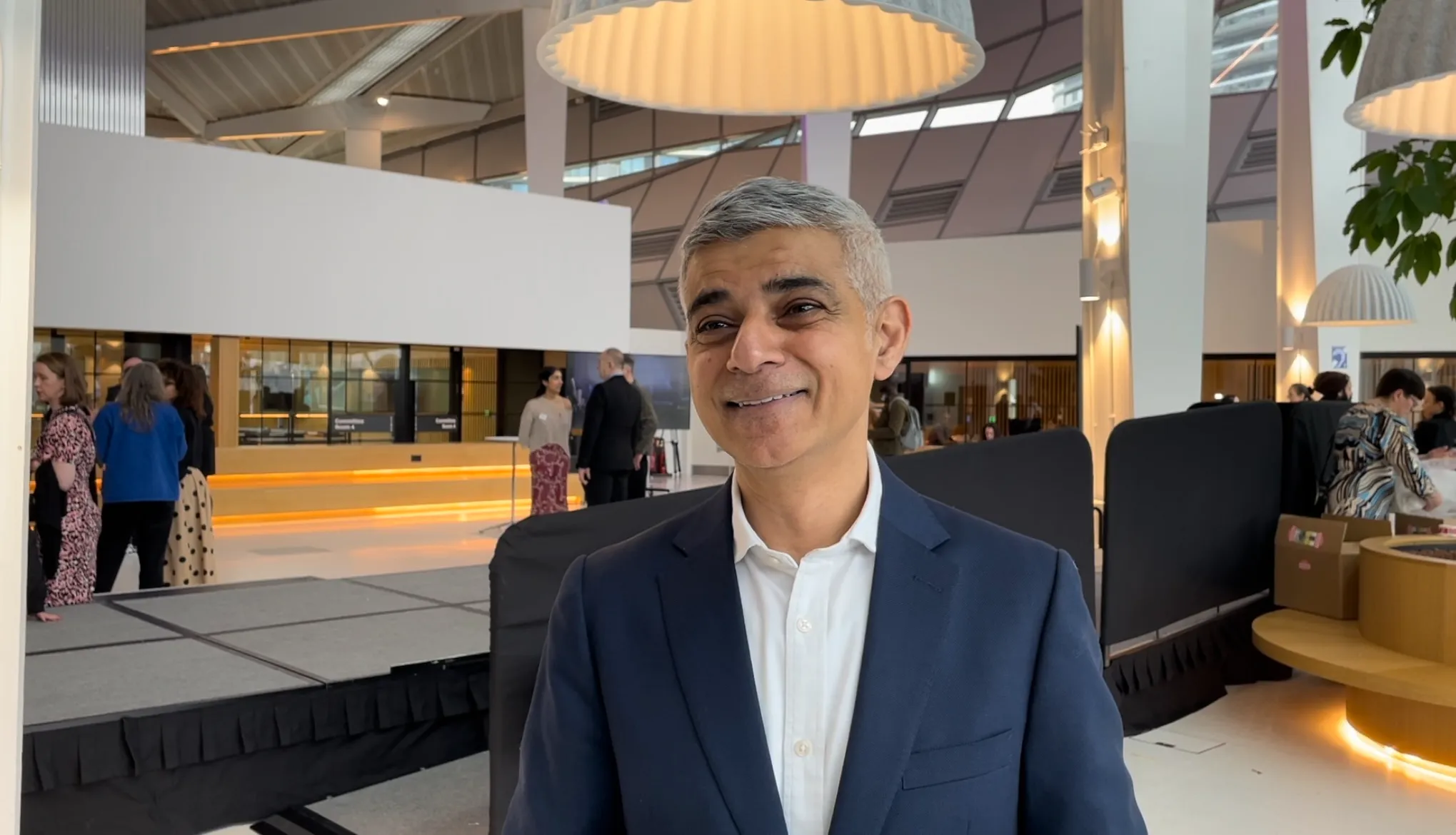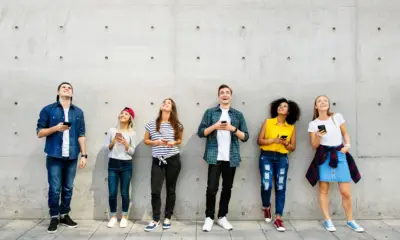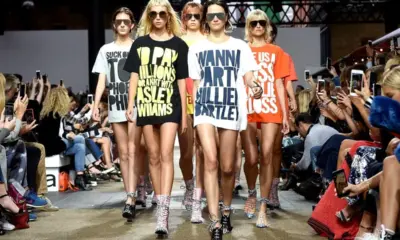Latest News
London’s Creative Exports Revive Global Influence After the Pandemic

London’s creative industries, spanning film, fashion, design, and music, have reemerged as a powerful economic engine in the post-pandemic era. Once hindered by lockdowns, disrupted supply chains, and cultural export barriers, the sector in 2025 is not just recovering but redefining Britain’s global image. From fashion week runways to streaming platforms and digital art hubs, London is exporting creativity with renewed confidence.
The Creative Economy’s Comeback
According to Creative UK, Britain’s creative industries are now worth £126 billion annually, surpassing pre-pandemic levels. Film and television production alone contributed over £14 billion to GDP in 2024, supported by international hits filmed in London’s studios and tax incentives that attract Hollywood and European producers alike.
The British Fashion Council (BFC) reports record international attendance at London Fashion Week 2025, where sustainability took center stage. Designers such as Stella McCartney and emerging digital-native brands are blending AI-driven design tools with circular fashion principles.
Meanwhile, London’s music and arts scene has regained its vibrancy. Exports of British music rose 18% year-on-year, with streaming platforms like Spotify and Apple Music driving global reach. The rise of immersive concerts and NFT-based fan experiences has also opened new revenue channels for artists navigating the digital age.
Tech and Culture: A New Fusion
Technology is at the heart of London’s cultural resurgence. The city’s Tech-Creative Cluster, a public-private initiative launched in 2024, connects creative startups with fintech, AI, and digital infrastructure partners. Studios in Shoreditch and Southbank are experimenting with AI-assisted filmmaking, 3D fashion modeling, and metaverse galleries all designed to extend British art and storytelling to new digital frontiers.
Government policies have also played a role. The Global Talent Visa Scheme and creative export grants under the Department for Business and Trade have made it easier for artists and producers to collaborate internationally. Partnerships with China, South Korea, and the UAE have expanded cultural co-production, while European ties through the Creative Europe program continue under renewed bilateral agreements.
Global Reach and Local Challenges
Despite global success, local affordability remains a persistent challenge. Rising rents in creative hubs such as Soho and Shoreditch are forcing smaller studios to relocate to areas like Manchester, Birmingham, and Bristol, diversifying the UK’s creative geography.
Analysts warn that without sustained investment in local infrastructure and education, London risks pricing out the very talent driving its global reputation. The Mayor of London’s Creative Enterprise Zone initiative, however, is attempting to counter this trend by offering affordable workspaces and tax relief for creative entrepreneurs.
Conclusion
London’s creative revival reflects more than economic recovery it represents cultural reinvention. By blending innovation with artistic heritage, the city has reclaimed its status as a global creative capital. As technology, policy, and talent converge, London’s creative exports are once again shaping trends, influencing global narratives, and reaffirming Britain’s soft power on the world stage.




















